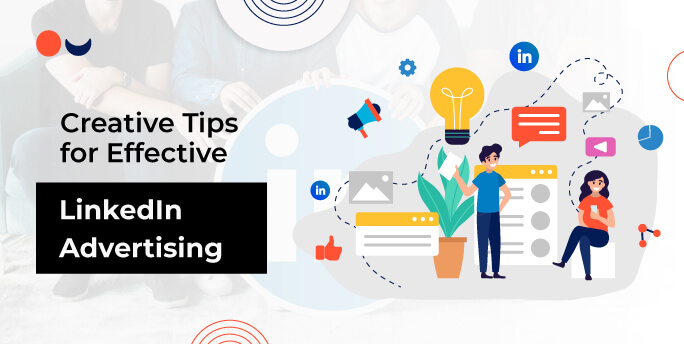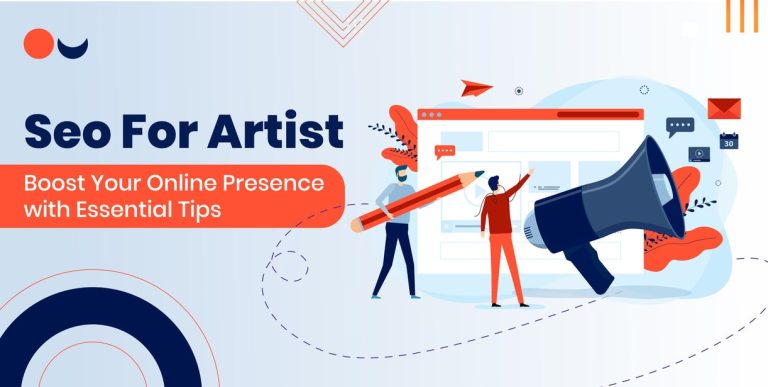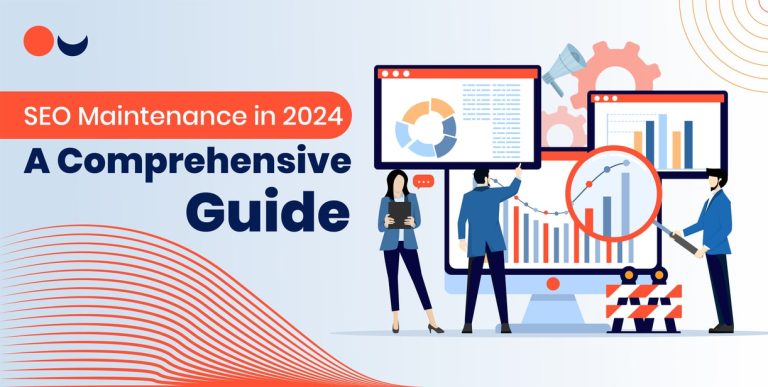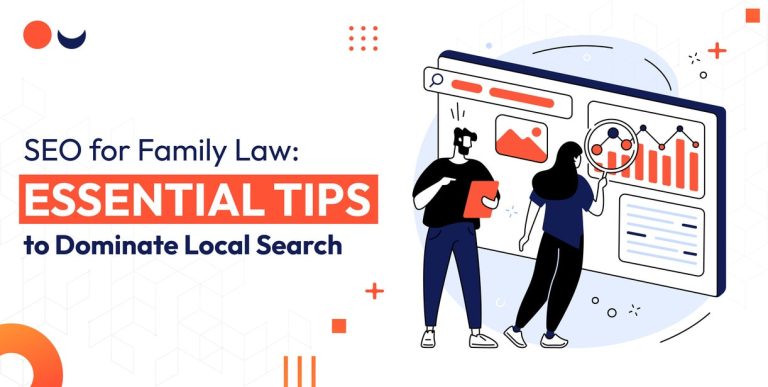LinkedIn has become an effective platform for businesses to reach a professional audience and market their goods and services. To get the most out of your LinkedIn advertising efforts, it’s critical to experiment with different LinkedIn ad formats and employ creative methods that resonate with your target demographic. This comprehensive article will look into vital LinkedIn advertising ideas and insights into various ad forms, including the popular LinkedIn Lead Generation Form. You may optimize your LinkedIn ad campaigns and successfully connect with your target audience by employing these techniques and ad types.
Understanding Different LinkedIn Ad Formats
LinkedIn offers diverse ad formats, each serving specific marketing objectives. Understanding these ad formats will help you choose the best fit for your advertising campaign. The primary LinkedIn ad formats include:
1. Advertised Content:
This format lets you promote your material directly in the LinkedIn feed, such as articles, posts, and videos. Sponsored Content improves your brand’s visibility, engagement, and interaction with its Content.
2. InMail Sponsorship:
With Sponsored InMail, you can deliver personalized messages directly to your target audience’s LinkedIn inboxes. Through personalized communication, this ad strategy is beneficial for boosting conversions and nurturing leads.
3. Display advertisements:
LinkedIn Display advertising is visually appealing banner advertising on the site, increasing brand visibility and click-through rates.
4. LinkedIn video advertisements:
Video commercials are an efficient approach to communicating fascinating brand tales and captivating your audience’s attention.
5. LinkedIn Lead Generation Form:
This ad structure streamlines the lead generation process by providing pre-filled forms based on users’ LinkedIn profile information, lowering friction and increasing conversions.
Mastering LinkedIn Lead Generation Forms
LinkedIn Lead Generation Forms have proven to be a game-changer for efficient lead collection. To optimize your use of this ad format, consider the following tips:
1. Offer Valuable Content:
Successful lead generation must incentivize users to share their information via LinkedIn Lead Generation Forms. One excellent technique is providing valuable material relevant to your target audience’s interests and demands. Ebooks, whitepapers, industry reports, case studies, webinars, or unique access to premium Content may be included. Users are more inclined to readily submit their information in exchange for access to the material when they view the Content as worthwhile.
Before using this suggestion, conduct rigorous research to understand your audience’s pain concerns and preferences. Customize your Content to meet these pain points and present answers that appeal to your target audience.
2. Keep It Concise:
When creating Lead Generation Forms, simplicity, and brevity are essential. Reduce the number of form fields to provide a more seamless user experience and higher completion rates. Long forms with too many fields might be unappealing and discourage users from completing them.
Concentrate on gathering vital information for lead nurturing and follow-up. Simply asking for the user’s name, email address, and job title is enough to start a dialogue and begin the lead-nurturing process. If more information is required, try adopting progressive profiling, which involves gathering more information gradually over time as the relationship with the lead develops.
3. Mobile Optimization:
Because many LinkedIn users use the site via mobile devices, your Lead Generation Forms must be optimized for mobile performance. A mobile-friendly form is simple to use, loads quickly, and adjusts to various screen sizes.
Consider the following practices while optimizing for mobile:
– Use a responsive design: Your Lead Generation Form should automatically alter to fit different mobile devices like smartphones and tablets.
– A clear and visible call to action: Make sure the CTA button is prominent and easy to tap on mobile devices.
– Test on many devices: To ensure a consistent and smooth user experience, test your form on various mobile devices and OS systems.
You boost the possibilities of user engagement and higher completion rates for your Lead Generation Forms by delivering a flawless mobile experience.
4. Personalized Thank-You Pages:
Please use the option to construct a personalized thank-you page after a user submits their information using a Lead Generation Form. This page should appreciate the user’s participation and offer further value or next steps.
Consider including the following components on your thank-you page:
– Confirmation message: Assure the user that their submission was successful and that the promised Content or information will be delivered.
– Additional material: Provide related Content or resources relevant to the user’s interests or the Lead Generation Form’s topic.
– Call to action for additional engagement: Encourage users to take the next step, such as subscribing to a newsletter, following your corporate page, or joining a webinar.
Personalizing the thank-you page will extend the user’s positive experience with your brand and increase the chances of continued engagement and interaction.
Creative Tips for Effective LinkedIn Advertising
To create engaging tips for effective LinkedIn advertising that resonate with your target audience, employ these creative tips:
1. Know Your Audience:
The basis of successful LinkedIn advertising is rigorous research to understand your target population. Define your ideal customer profile, including demographics, job titles, sectors, and pain concerns. Use LinkedIn analytics and insights to learn more about your target audience’s interests, interaction habits, and behavior.
Once you’ve determined your target demographic, modify your ad material accordingly. Create messaging that speaks directly to their needs, issues, and goals. Speak their language and use industry jargon to connect with them. You will develop a strong connection with your target audience by demonstrating that you understand their pain areas and can supply answers.
2. Captivating Visuals:
Captivating images is critical in capturing your audience’s attention in a competitive digital market. Use high-quality photos and videos consistent with your brand’s identity and messaging. Visuals must be appealing, relevant, and engaging.
Consider including the following aesthetic components in your LinkedIn advertisements:
– Eye-catching imagery that highlights your products or services.
– Videos that provide an engaging brand story or show off product benefits.
– Infographics to show data and statistics in a visually appealing manner.
– Use carousel advertisements to emphasize numerous goods or different facets of your company.
The right visuals can leave a lasting impression on your audience and encourage them to take action.
3. Compelling Copy:
Ad text that is brief and captivating is vital for attracting your audience’s attention and motivating them to take action. Your writing should be concise and convincing and directly address your product or service’s benefits. Utilize language that your target audience will understand.
Your ad copy should include a fascinating title that piques your curiosity and encourages further reading.
– A concise value proposition that emphasizes what distinguishes your brand.
– A benefit-driven messaging that targets the pain areas of your target audience.
– A compelling call-to-action (CTA) that encourages users to click or interact with your ad.
Keep your material focused on the core idea and utilize simple language to hold your audience’s attention.
4. Test and Optimize:
A/B testing is a robust tool for determining what is most appealing to your target demographic. Test different ad features such as images, copy, CTAs, and targeting criteria to decide which variations perform best. LinkedIn’s advertising technology lets you run numerous variations simultaneously, making it simple to compare results.
Regularly analyze performance statistics such as click-through rates, conversion rates, and engagement indicators. Optimize your campaigns by focusing on the most effective ad pieces based on the insights gathered from A/B testing and data analysis. Refine your ad content and targeting tactics regularly to generate more significant results.
5. Leverage Social Proof:
Social proof is a psychologically solid concept that has an impact on decision-making. To create credibility and generate trust with your audience, include testimonials, case studies, and statistics in your ad text. To demonstrate the positive experiences others have had with your brand, highlight success stories, customer reviews, or industry awards.
6. Strong Call-to-Action (CTA):
A compelling call-to-action (CTA) is essential for increasing user engagement and conversions. Your CTA should be clear, actionable, and relevant to the aim of the ad. The CTA should direct consumers to the intended action, whether visiting your website, downloading a resource, signing up for a webinar, or requesting a demo.
7. Utilize LinkedIn Audience Targeting:
LinkedIn provides comprehensive audience targeting capabilities to help you reach the correct audience efficiently. Use LinkedIn’s specific targeting options, including job titles, industries, firm size, seniority, talents, and more. Refine your targeting criteria to guarantee that your adverts reach the most relevant and qualified audience.
Conclusion
Finally, LinkedIn provides a range of ad-style alternatives to assist businesses in efficiently connecting with their target audience. You may improve your LinkedIn marketing campaigns by mastering LinkedIn Lead Generation Forms and employing creative tactics. Analyze performance data regularly and make data-driven decisions to fine-tune your approach and improve your LinkedIn advertising strategy. With these Creative Tips for Effective LinkedIn Advertising and ad layouts, you’ll be well-equipped to succeed.







